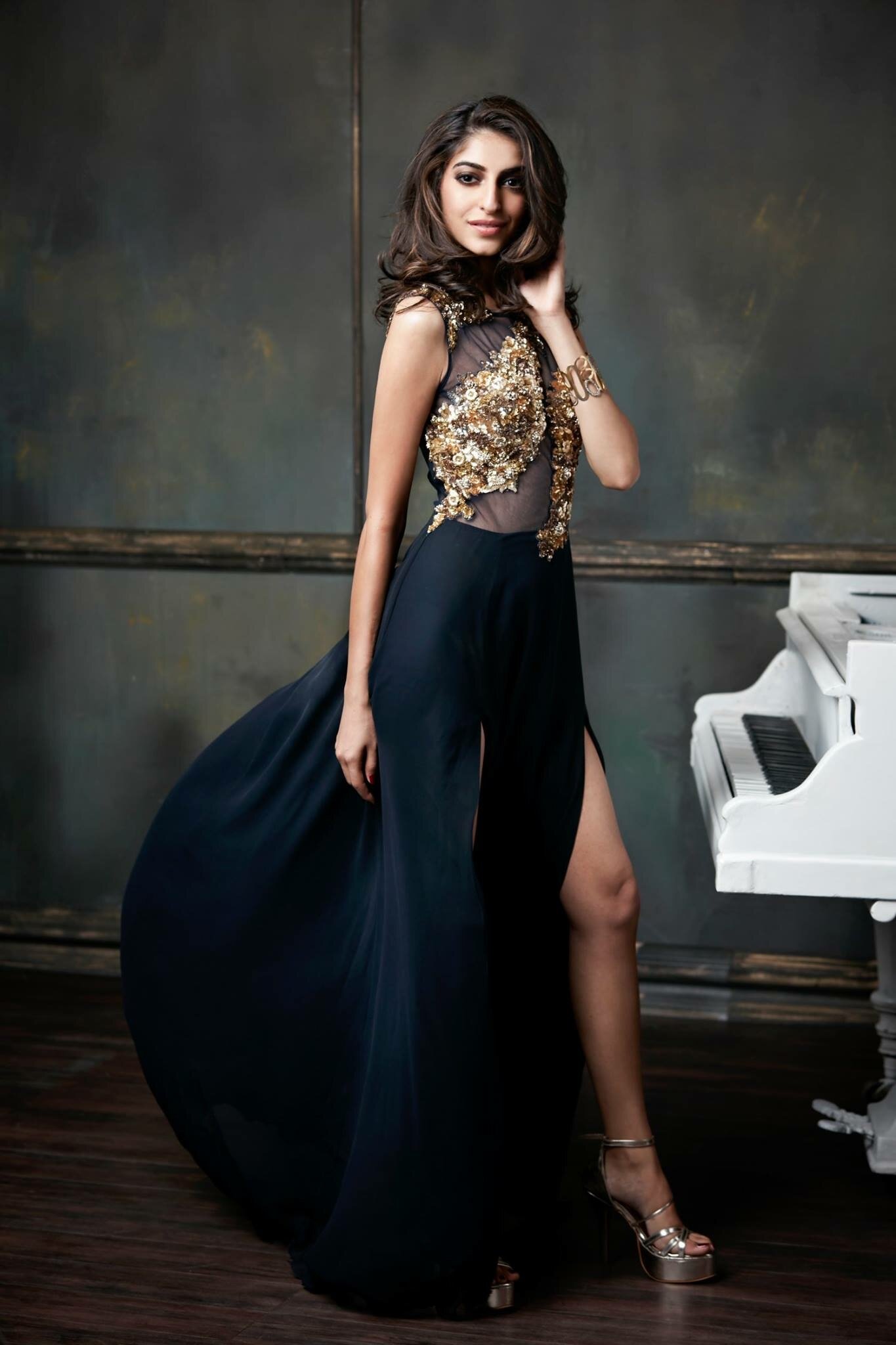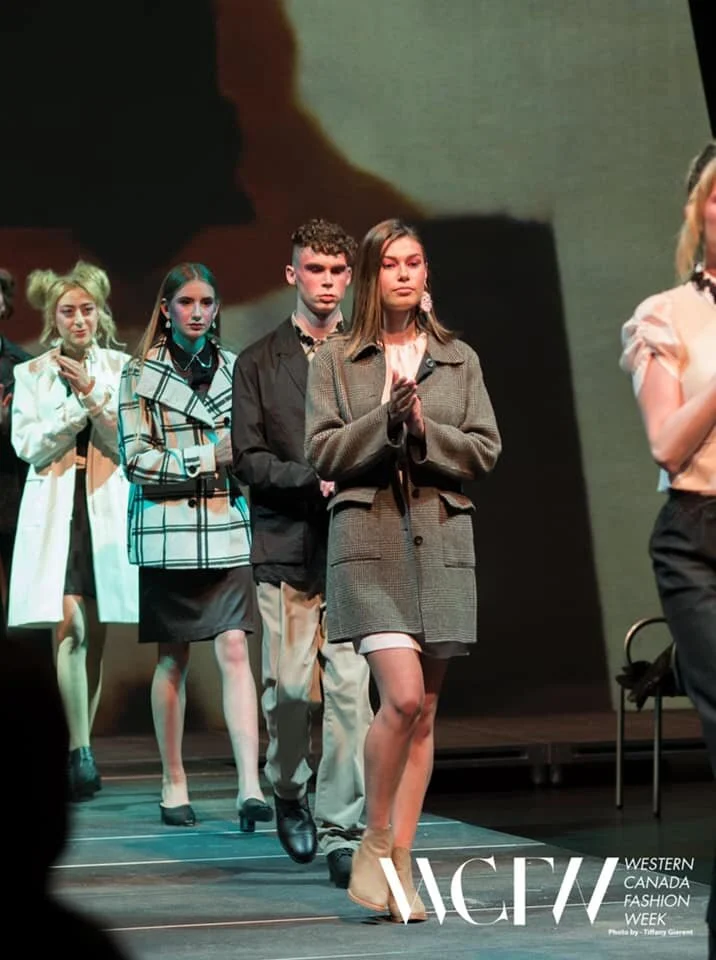How to Have Your Dream Job and Stay Healthy Too

Navigating Workplace Stereotypes and Expectations
Cover Photo by Jazmin Quaynor on Unsplash
When thinking of the fashion industry, it’s hard to picture anything but a rigorous bunch of hard working, focused, mildly (very) pompous individuals all trying to compete to be the next best in line. With films and shows like The Devil Wears Prada, Ugly Betty and Sex and the City depicting such characters and scenes, it's rather difficult to say we’re familiar with much else. The harsh reality is that despite some of these moments being overdramatized for the sake of the big screen, many of those instances do hold some reality.
The biggest and most all-encompassing notion would be the idea of the grind, or hustle, culture – the expectation to, and subsequent willingness to do all that it takes in order to ensure a rise in position in the industry. Most notably seen in The Devil Wears Prada, Anne Hathaway’s character, Andy, is frequently seen rigorously following Miranda’s highly detailed instructions, obeying her command and running a wide array of every odd chore to satisfy the expectations in order to further progress in her field. This form of occupational exploitation is, unfortunately, quite common in various publishing, journalism and fashion related industries. In order to receive the praise and recognition to move forward with great references, it's often that individuals believe they must do all they are told and fulfill every demand.
Another aspect of the grind culture which is very commonly seen, is the commitment to late nights and long working hours. Again, to ensure solid references and demonstrate proper responsibility and accountability, pulling through late nights, and dedication to ad-hoc tasks has seemingly turned into a prerequisite of those seeking to succeed. The willingness to take on additional projects, and volunteer for open tasks, like the all-too-eager Lori from How To Lose A Guy In 10 Days, perpetuates and subsequently re-establishes this expectation. As a result, the expectation to uncover, delegate and articulate an entire piece within the span of 10 days by Lana initially stumps Andie.
Photo by Barney Yau on Unsplash
Another momentary glimpse of the fashion industry portrayed in How To Lose A Guy In 10 Days touches on the aspect of appearance. When Lana not only praises but suggests for a recently heartbroken Michelle to document her ailing physical wellbeing as a part of an intriguing piece for the magazine, it brings to question the importance of one's physique in the industry. While many workers in the industry deny the pressure to look a certain way, the looming existence of standards on appearance persist, nonetheless. Take Ugly Betty for example. As the name suggests, Betty’s appearance is not aligned with the expectations of the industry she works in and the ideal it represents. Her chunky glasses, braces and alternative style stood out amongst those at the office, marketing her as an outcast. However, if there is one thing the varied era of TikTok and trendsetters has shown us, it's that fashion and beauty are subjective.
While The Devil Wears Prada, How To Lose A Guy In 10 Days and Ugly Betty may all be considered quite outdated, The Bold Type is a much more recent show which brought forth some of the more realistic experiences seen today. In one of its first seasons, The Bold Type addresses the issue of low pay. While the industry may be glamorized by haute couture, company freebies and the occasional celebrity brush-in’s, the reality of it all is that most fashion industry workers are not initially presented with promising, stable salaries. Despite all the hard work, overtime hours and spreading themselves thin, many fashion assistants, editors and designers don’t necessarily see the monetary benefits of their commitments.
Photo by Windows on Unsplash
In the context of films and series, these elements may seem comedic and do, on occasion, shine a light on the rather off-putting and overlooked aspects of an otherwise romanticized industry. As talks on proper workplace mental health fortify, it's important to consider the downsides such expectations and pressures can have on individuals working, and hoping to start working, in the industry. Expectations to work overtime and overextending oneself can often lead to burnout. The immense pressure on oneself to keep up with and produce high levels of work can subsequently hinder productivity, as expectations may often cloud over the quality of work and quality of one’s well-being. While showing your abilities in order to progress is a necessity in most fields, do recall that quality oftentimes outweighs quantity, suggesting that keeping a manageable amount of tasks and giving them each your all may result in better outcomes, given that your mental space isn’t crowded by the presence of one too many projects and tasks.
It is beyond important to remember to keep yourself in shape, both mentally and physically, in order to contribute constructively. Aside from keeping your mental plate far from overloaded, remember to care for your physical health with the same regard. Pressures to adhere to the typical industry looks are not a requirement for the job. If there’s one thing this generation has taught us, it's that fashion styles, looks and beauty are all encompassing and unique to each individual. Trends ebb and flow faster than tides, and the expectation to adjust to each on-coming trend can be rather demanding. Maintaining a healthy outlook on what makes you feel confident and comfortable is the most promising and most consistent look you could have in both everyday life, and the professional world.
Priya Kar is a Psychology student who finds her own therapy through engaging in a multitude of creative outlets like writing, drawing and playing music. Her old-soul finds comfort in the simplicity of the era prior to cell phones, when the community would connect to listen and tell stories, a tradition she hopes will reemerge. Find her on instagram @priya_kar






